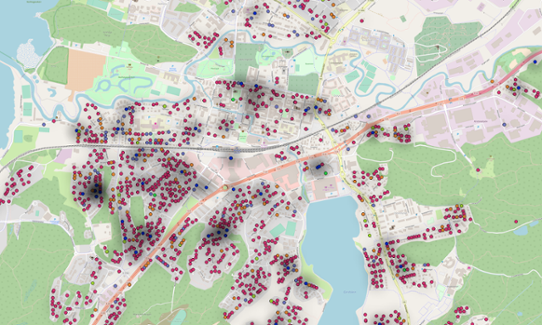We are the main national actor in creating and reporting official geographically distributed emission inventories for Sweden. We also have a lot of international experience in creating emission inventories, from single industrial complexes to entire cities and nationwide.
We can share our expertise in the field by supporting you in building or improving your emission inventory. As modelling experts, we can also make this process a good stepping stone for future modelling applications.
Advantages of detailed emission inventories
A high-quality emission inventory gives important information on spatial and temporal distribution of different emission sectors. This allows for:
- Powerful insight in air quality assessments when combined with dispersion modeling.
- Source apportionment studies answering what emission sector contributes where and to what extent.
- Comparisons with receptor modelling results for improved understanding.
Data collection and geographical distribution
An important part of creating an emission inventory is the collection of emission data. We use a mix of top-down and bottom-up methodologies. In the former, the starting point is often national total emissions from e.g. vehicle fuel sales which is combined with a geographical distribution key based on best available data. In the latter, we start from individual sources such as industries, ships or wildfires and aggregate into total emissions.
International reporting
We have long experience in international emission reporting and can support in reporting to international programmes such as the United Nations Framework Convention on Climate Change (UNFCCC) for greenhouse gases and the Convention on Long-Range Transboundary Air Pollution (CLRTAP) for air pollutants.


